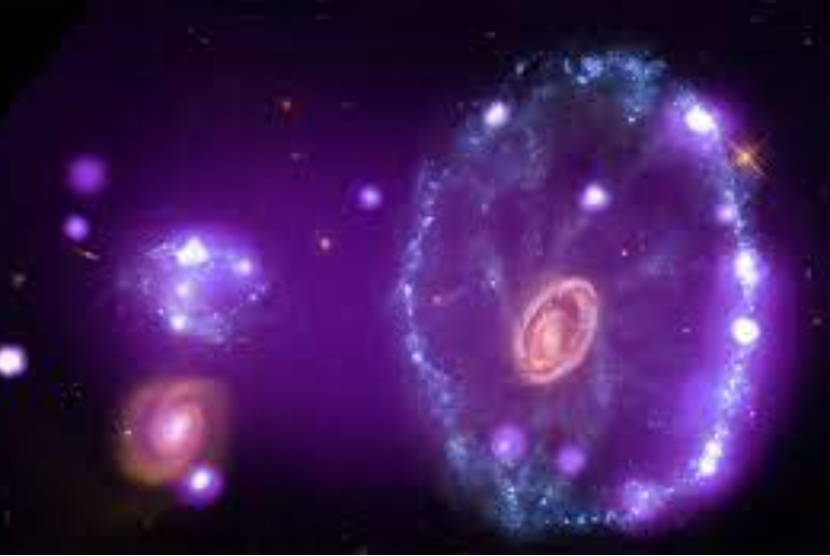The Cartwheel Galaxy is located about 500 million light-years away in the constellation Sculptor.
REPUBLIKA.CO.ID, WASHINGTON — A new image of Space Telescope James Webb (JWST) revealed Galaksi Cartwheel with stunning detail. The image, said the American Space Agency (NASA), offers new details about star formation and the galaxy’s central black hole.
Pictured alongside two smaller companion galaxies, the Cartwheel Galaxy lies about 500 million light-years away in the constellation Sculptor. Its cartwheel-like appearance is the result of a collision between a large spiral galaxy and a smaller galaxy that is not depicted.
Because the colorful inner and outer rings expand from the center, astronomers call them “ring galaxies”. At its core is hot dust and star clusters.
Reporting from Fox News, Wednesday (3/8/2022), the outer ring has been expanding for 440 million years and is dominated by star formation and supernovae. The Near-Infrared Camera (NIRCam) is visible in the near-infrared (near-infrared) range from 0.6 to five microns.
It sees wavelengths of light that can reveal more stars. While the Hubble Space Telescope (HST) had previously spotted Cartwheel, the dust clouded his view.
“NIRCam also revealed differences between the fine distribution or shape of the population of older stars and dense dust in the core compared to the clump shape associated with the population of younger stars outside,” the agency said in a release with images.
The Mid-Infrared Instrument (MIRI) revealed regions in the Cartwheel Galaxy that form much more prominent spiral radii.
“Webb’s observations underscore that Cartwheel is in a very temporary stage. The galaxy, which was probably a normal spiral galaxy like the Milky Way before the collision, will continue to change,” NASA said. “While Webb gives us an idea of the current state of the Cartwheel, it also provides insight into what happened to this galaxy in the past and how it will evolve in the future.”
The first images from the international observatory, including the stunning cosmic cliffs in the Carina Nebula, were released last month.


